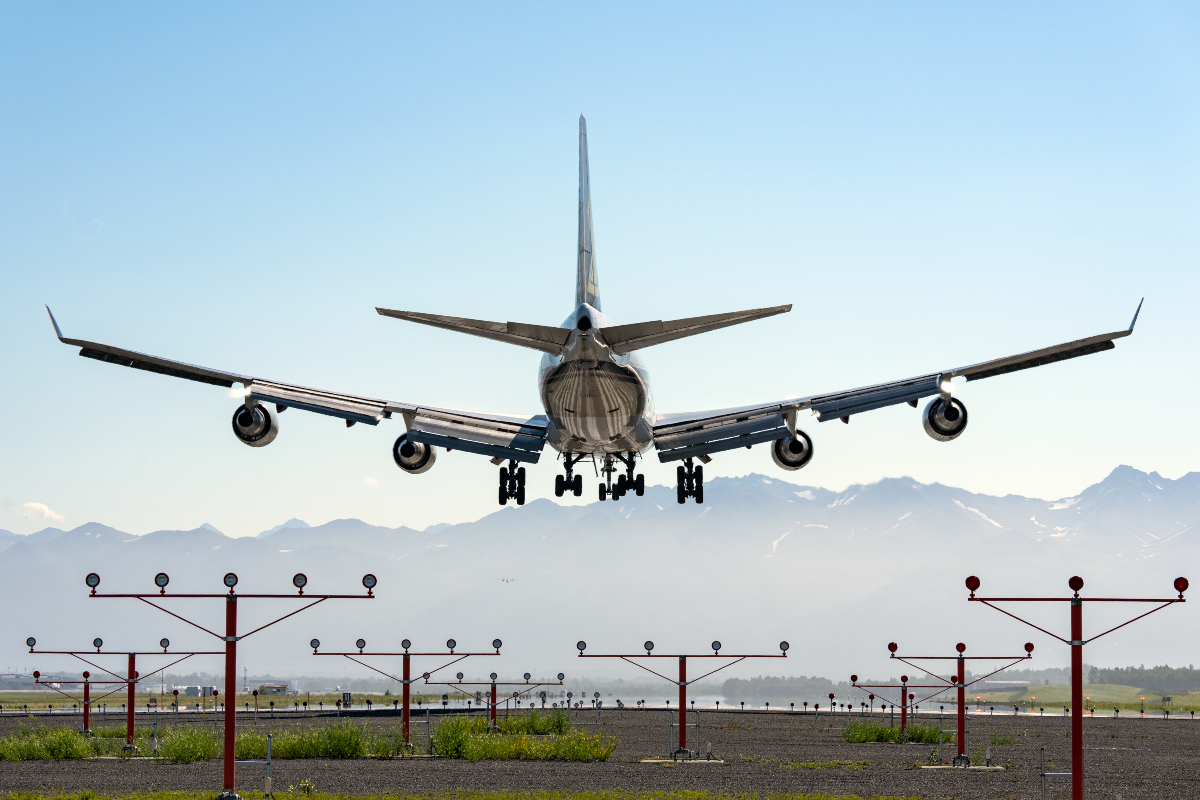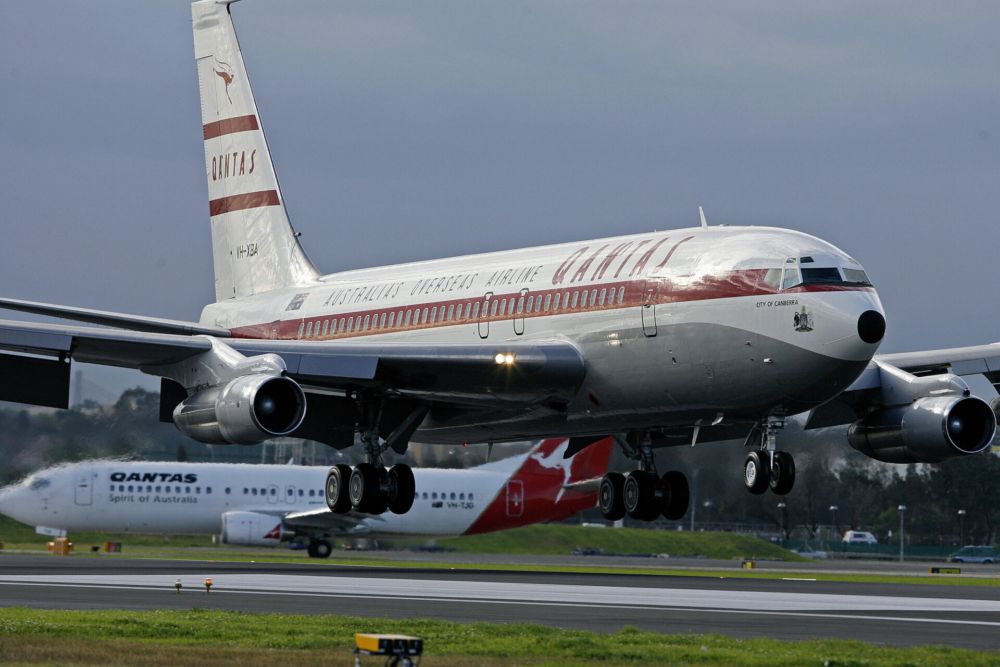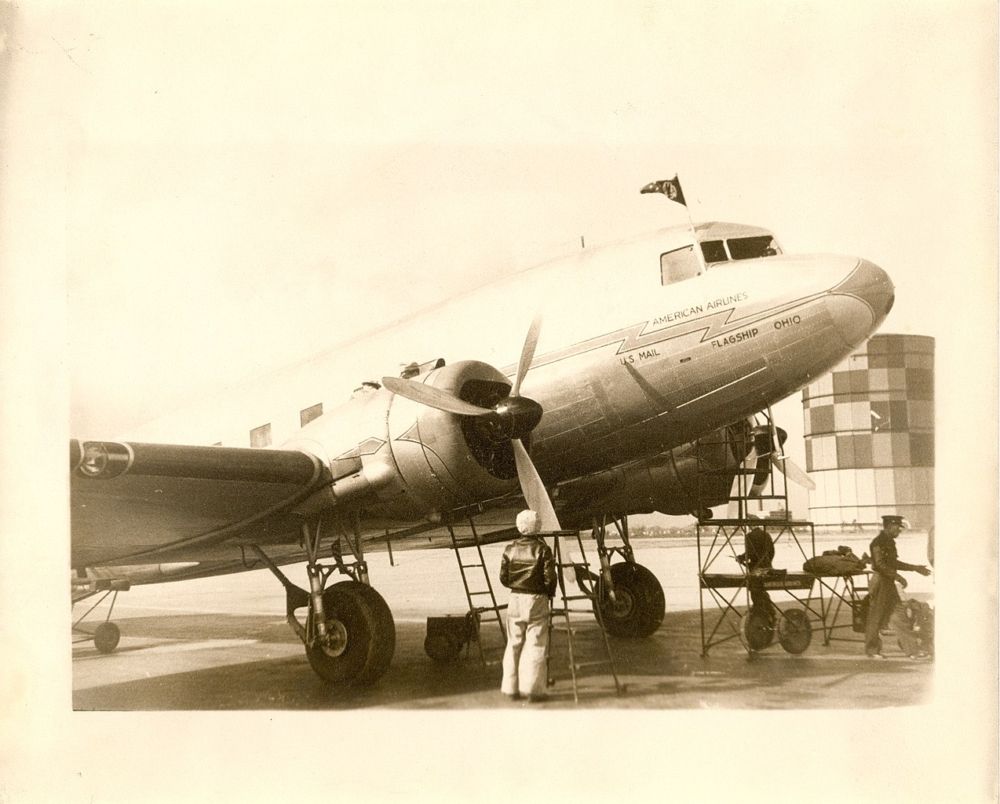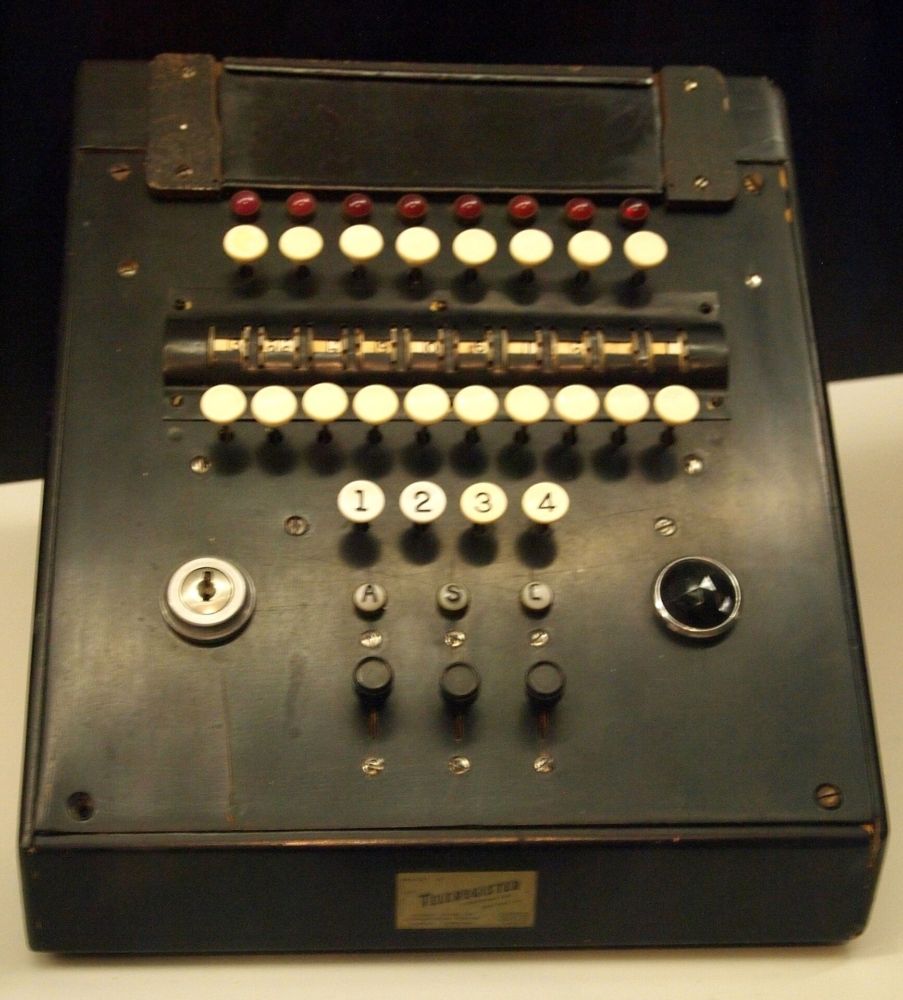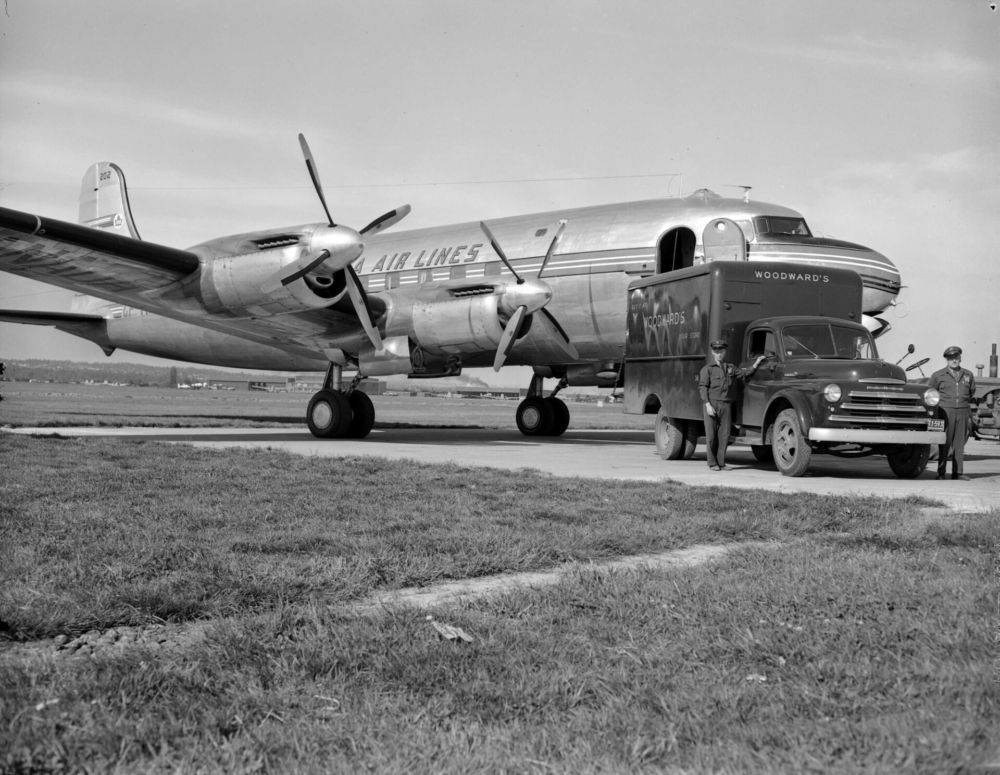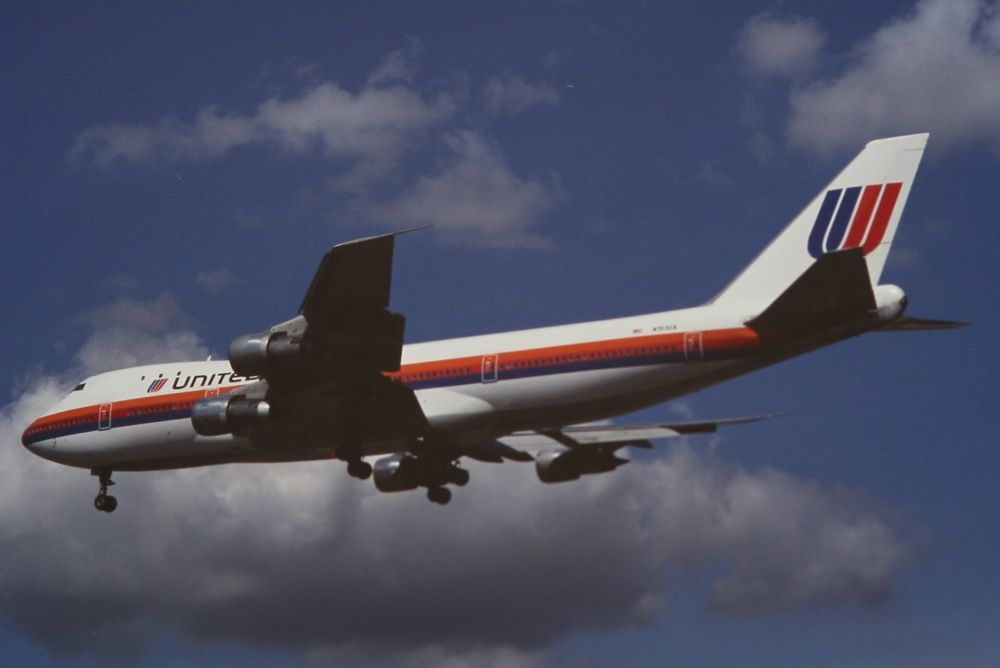The world of airline reservations is a rather complex business. With carriers almost constantly processing bookings from expectant passengers, they need a means of keeping on top of everything. How this is done has changed a lot over the years, as technological advances such as the advent of computers have allowed airlines to move away from manual systems.
Where it all began
In the early decades of commercial aviation, airline reservations relied on physical systems. These could be found in dedicated reservation centers. At such centralized facilities, employees would assign paper tickets to represent the sales of seats onboard their given airline's flights. However, as passenger numbers grew, alterations became necessary.
Things began to change in the late 1950s. This was a time when aviation saw advancements in many areas. For example, 1958 saw the commercial introduction of the Boeing 707, which was widely considered as a primary catalyst for the jet age. This was an era of both technical and social change, when lower per-seat costs allowed a larger public to travel by air.
Stay informed: Sign up for our daily and weekly aviation news digests.
Innovation at American Airlines
American Airlines has a rich history when it comes to the development of reservation systems. In the interwar era, reservations at the carrier relied on the use of physical index cards and multi-stage 'request and reply' phone calls. However, this could become quite a protracted process when flights approached capacity, with conversations bouncing back and forth.
As such, it brought in a new system in 1939. Now, any office could sell tickets for a flight, as long as it was less than 75% full. This removed the need for sales agents to phone particular booking offices, thus expediting the reservations process. Only once a flight reached the 75% full mark did bookings for it have to be carried out using the older method.
The rise of the Reservisor
Nonetheless, the older problems still persisted once flights became three-quarters full. As such, after the Second World War, Charles Amman devised an electronic system known as the 'Reservisor.' A year-long trial at American's Boston office found that the use of the Reservisor, which depicted future flight data electromechanically, was allowing the facility to handle 200 more customers every day. This was despite there being 20 fewer staff than before.
In 1952, American Airlines also installed an updated version of the divide, known as the Magnetronic Reservisor, in its New York LaGuardia office. This machine took just 1.2 seconds to answer queries regarding one of 1,000 stored flights up to 10 days into the future.
In 1956, an even newer version reduced this to just half a second for one of 2,000 flights within a 31-day window. With this system also able to record new booking information when a reservation was made, it saw wider success in the form of use at the likes of United Airlines and the New York Central Railroad. This brings us to the aforementioned late-1950s.
Jet age development
As previously mentioned, 1958 was the year that the famous Boeing 707 entered service. This also marked the point at which American made another key step, namely the installation of Resewriters at its larger offices. These devices had the advantage of directly recording passenger information at the same time as processing reservations.
By this point, it had also entered discussions with IBM, where the aforementioned Charles Amman was working, regarding a next-generation booking system. Operating similarly to the USAF's Semi-Automatic Ground Environment (SAGE) system, SABRE (Semi-Automated Business Research Environment) eventually went live in 1964.
This system is credited as a key milestone when it comes to the commercial use of computer technology. It streamlined American's reservations by updating its inventory in real-time, with data remotely available to users working in booking offices across the US.
.American's development of reservation systems represents an interesting and linear progression. However, it was not the only airline doing such work. Indeed, Trans-Canada Air Lines' 'ReserVec' system was the first of this kind anywhere in the world, going live in 1962. Its use became ubiquitous at TCA a year later. By the early 1970s, other US carriers like Pan Am (1964), Delta (1968), United, and TWA (both 1971) had also deployed such systems.
Expanding beyond airlines
Eventually, growth in the airline industry and the power of computerized reservation systems meant that this technology was also passed on to travel agents. United Airlines was the first to do this, making its Apollo system available in 1976. This meant that users could only book passengers onto United flights, rather than those of its competitors.
How reservation systems work today
The deregulation of commercial aviation rendered computerized reservation systems essential to airlines, and they remain so today. However, a key change in the years that have passed since then has been the privatization of such technology. While airlines previously developed their own reservation systems, this is now typically the domain of private companies.
Modern reservation systems allow passengers to directly make their bookings on their chosen airline's website. They store information like schedules, booking class rules, and fares/tariffs. The latter is particularly important today, in the age of dynamic pricing. Meanwhile, global distribution systems are the mid-point between travel agents and service providers.
A key development in the field of airline reservation systems has been the integration of other modes of transport at either end of the passenger's journey. An example of this is easyJet's work with Dohop, where passengers can now integrate Deutsche Bahn train connections into their bookings. It will be exciting to see what future developments lay ahead.
What are your experiences of using airline reservation systems? Is there anything about them that you would like to change? Let us know your thoughts in the comments.

